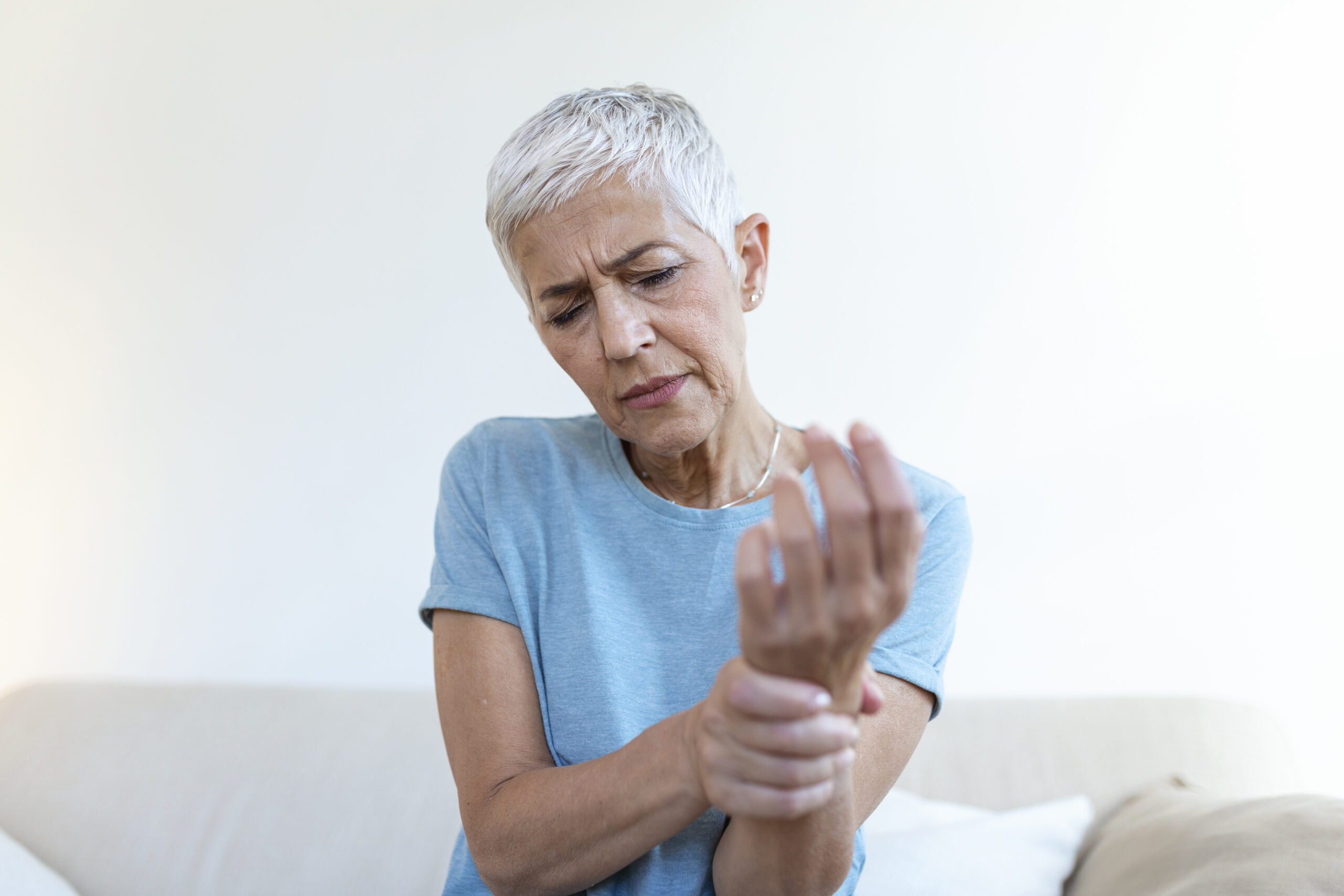Each year, nearly 795,000 Americans experience a stroke. For about 610,000 of these individuals, it will be their first. The rest are patients who have suffered multiple strokes.
A stroke occurs when the brain is deprived of oxygen, either because a blood vessel is blocked or because it ruptures like a burst pipe. Both situations cut off the brain’s oxygen supply, leading to partial or total brain damage.
There are also smaller, temporary events. TIAs, or “mini-strokes,” usually resolve within 24 hours. RINDs (reversible ischemic neurological deficits) take longer to clear, often three to five days, though some may leave lingering effects.
How Hyperbaric Oxygen Supports
Although HBOT for stroke recovery is considered an off-label indication, it shows great promise for patients recovering from strokes or ischemic neurological events. Hyperbaric Oxygen works by delivering 100% oxygen at increased atmospheric pressure, producing several healing effects in the brain and body.
1. Neuroplasticity and Brain Healing
Neuroplasticity is the brain’s ability to form new connections between neurons. A stroke often damages or silences parts of the brain, but Hyperbaric Oxygen can reawaken dormant areas and stimulate repair. Research shows HBOT can increase central nervous system stem cells up to eightfold, giving the brain new building blocks for recovery.
2. Reducing Inflammation
Hyperbaric Oxygen decreases harmful inflammatory chemicals (cytokines) while increasing anti-inflammatory and regulatory ones. This shift moves the body from a state of inflammation to one of healing.
3. Energy Production and Repair
Oxygen therapy enhances mitochondria, the cell’s energy producers. HBOT not only increases their number but also makes them larger and more efficient, giving the body more energy for repair.
4. Clearing Damaged Tissue
Through a process called autophagy, Hyperbaric Oxygen helps the immune system remove damaged cells and debris left behind after a stroke.
5. Restoring Blood Flow
Oxygen treatment promotes angiogenesis, the formation of new blood vessels. This is especially important in the brain, where microcirculation is needed to deliver oxygen deep into critical structures.
How Many Treatments Are Needed?
The number of HBOT sessions varies depending on the severity of the stroke. On average, patients may need up to 40 sessions, with some requiring ongoing maintenance treatments to sustain progress.
HBOT and Acute Stroke Care
If someone is having a stroke, the first step is always emergency medical treatment. The “golden window” is the first 90 minutes, when immediate diagnosis and intervention can save brain tissue and maximize recovery.
Hyperbaric Oxygen is not typically used in the acute phase of a stroke, unless the cause is decompression sickness or a known gas bubble. These rare cases are treated in hospital-based hyperbaric centers. Outpatient HBOT clinics like Noah Clinics play an important role after a patient has received acute stroke care and is medically stable.
Is It Ever Too Late for Treatment?
Many people assume that if months or years have passed since a stroke, nothing more can be done. Research suggests otherwise. Patients have shown improvement even 10 years after their stroke. However, the earlier Hyperbaric Oxygen is started after initial care, the better the results tend to be.
As a cardiologist once said about heart attacks, “time is muscle.” Similarly, neurologists say, “time is brain.” With HBOT, we like to add: time is recovery, and recovery takes time.
A Path Toward Recovery
If you or a loved one has suffered a stroke, it may not be too late to restore function and quality of life. At Noah Clinics, we work alongside neurologists, cardiologists, and primary care physicians to enhance recovery with Hyperbaric Oxygen.
Contact us today to schedule a consultation and see if HBOT can support your journey toward healing.







